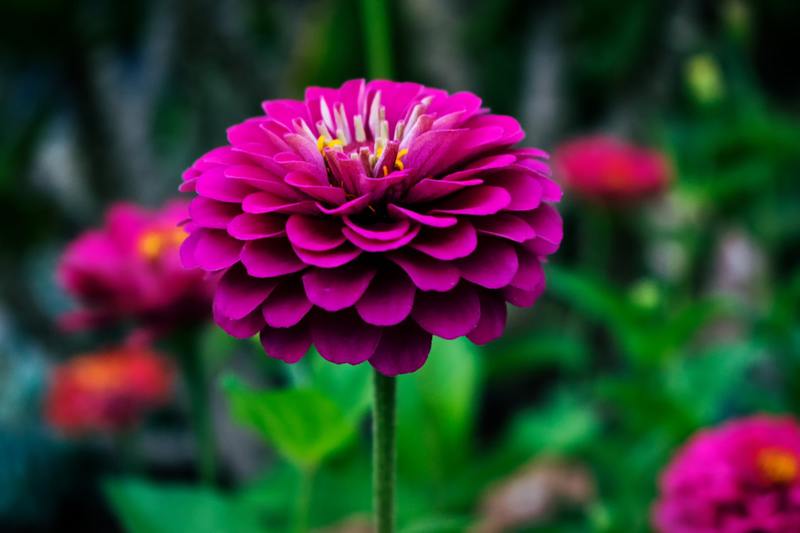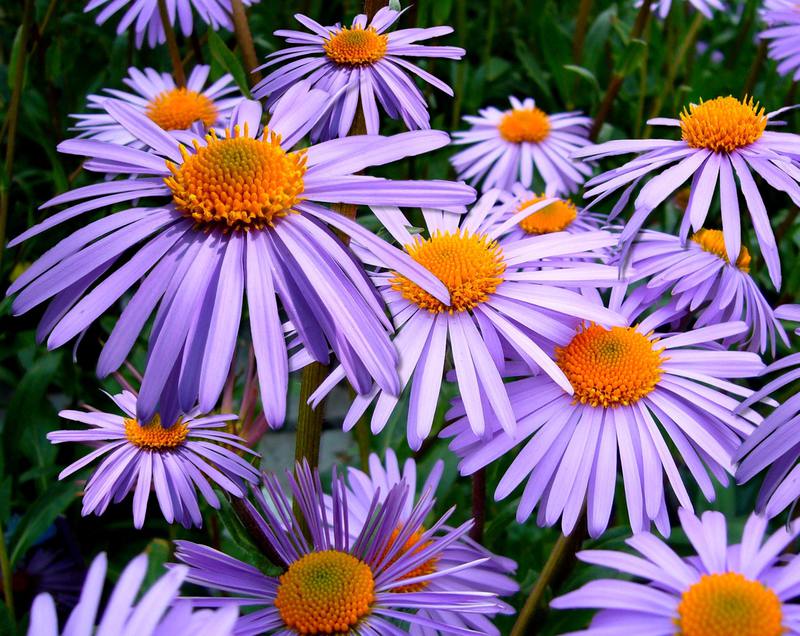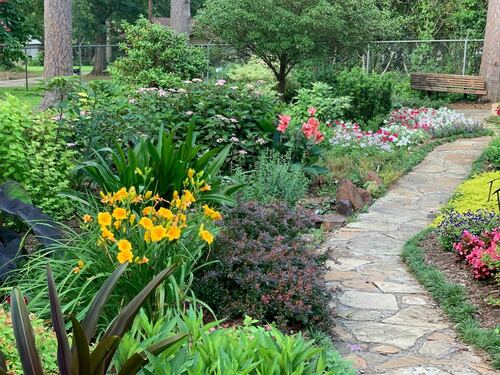Annuals vs. Perennials
Introduction
If you’re new to gardening, you’ve probably heard the terms “annuals” and “perennials” frequently. But what do they really mean? In this guide, we’ll delve into these two essential gardening terms, compare their characteristics, and explore the benefits and uses of each. Whether you’re planning a flower bed, a vegetable garden, or a landscaped yard , understanding annuals and perennials is crucial to making the best choices for your outdoor space.
What Are Annuals and Perennials? Understanding Their Life Cycles
The terms “annual” and “perennial” refer to the life cycles of plants—how long they live and how they reproduce. This distinction is key to understanding how each type of plant fits into your garden.
Annual Plants: A One-Year Wonder

A Gorgeous Annual Zinnia Flower – Photo by Blaque X
Annual plants complete their entire life cycle in a single growing season, typically from spring to fall. Here’s how it works:
- Seed Planting: You plant seeds in the spring, either from the previous year’s flowers or from new seed packets.
- Growth and Bloom: As summer progresses, these plants grow, bloom, and produce flowers.
- Seed Production: Toward the end of their growing season, annuals produce seeds, marking the completion of their life cycle.
- Death: After producing seeds, most annuals die with the arrival of the first frost in fall.
While annuals have a short lifespan, they often bloom prolifically throughout the summer, providing vibrant color and life to your garden.
Tip for Gardeners: Deadheading , or removing spent flowers, can extend the blooming period of annuals by encouraging the plant to produce more flowers before its life cycle ends.
Perennial Plants: A Long-Term Investment

A Cluster of Perennial Asters – Photo by Pixabay
Perennials , on the other hand, have a longer life cycle, often lasting several years. Unlike annuals, they do not usually produce flowers in their first year, much like biennials . Here’s what to expect with perennials:
- Slow Start: In the first year, perennials focus on establishing strong roots and foliage.
- Blooming Years: From the second year onward, perennials typically bloom every season, with some lasting for many years.
- Regeneration: Short-lived perennials may die after a few years, but they often self-seed or regenerate through their offspring, ensuring continuous growth in your garden.
Interesting Fact: Some perennials can live for decades, making them a sustainable choice for long-term garden planning. Examples include peonies, hostas, and rose moss .
How to Remember the Difference: A Simple Guide
If you find it tricky to remember which is which, here’s an easy way to differentiate:
- Annuals: Think of “annus,” the Latin word for “year.” Annuals complete their life cycle within one year.
- Perennials: The prefix “per-” in Latin means “through” or “throughout.” Perennials live through many years, persisting season after season.
Choosing Between Annuals and Perennials for Your Garden
So, how do you decide whether to plant annuals or perennials? The choice depends on several factors, including your gardening goals, your budget, and the specific conditions of your planting site.
The Benefits of Annuals
- Instant Color: Annuals are perfect for adding vibrant color to your garden quickly. They are often used in flower beds, borders, and containers where you want immediate impact.
- Flexibility: Since they need to be replanted every year, annuals offer the flexibility to change your garden’s look annually.
- Extended Blooming Season: Many annuals bloom throughout the summer and even into early fall, especially with regular deadheading.
Best Use Cases: Street-side flower beds, seasonal containers, and areas where you want bold, continuous color.
The Advantages of Perennials
- Long-Term Investment: Although perennials may cost more up front, they provide lasting beauty and structure to your garden year after year.
- Lower Maintenance: Once established, perennials typically require less maintenance than annuals, as they don’t need to be replanted every season.
- Variety of Forms: Perennials come in a wide range of shapes, sizes, and bloom times, making them ideal for creating layered and textured garden designs.
Best Use Cases: Foundation plantings, mixed borders , and garden areas where you want enduring beauty with less frequent replanting.
Making the Best Choice for Your Garden

Phox Has Both Annual and Perennial Varieties – Photo by Daniel Spase
When deciding between annuals and perennials, consider the specific needs of your garden:
- Budget: While annuals are cheaper initially, perennials can be more cost-effective over time.
- Blooming Time: For long-lasting color, combine annuals for immediate impact with perennials for continuous growth and bloom.
- Maintenance: Perennials require less frequent replanting, making them ideal for gardeners looking for a low-maintenance option.
If you go to your local garden center to purchase plants, they are typically going to sell perennials in individual pots. Annuals, however, are usually sold in six-packs. This is because annuals are typically referred to as “bedding plants” because gardeners and businesses can use them to quickly create a flower bed that is filled with life and color.
Generally, you are going to be paying more for perennials than for the bedding annuals. This is because they do offer a higher value due to their longer life span and also because nurseries tend to invest more time and energy into their upkeep.
Since perennials don’t bloom during the first year of their lives, nurseries have to keep them in stock and care for them for a much longer time than they do with annuals. They may have to keep them for months or even years before they are purchased.
Annuals are a great choice for areas like a street-side flower bed where you want huge splashes of color for the whole season of summer. They do bloom for longer periods of time during the summer than perennials do, especially if you decide to deadhead them.
As for the better deal, perennials are going to win that choice. This is simply because they don’t have to be replaced as often as annuals do if they are being cared for properly. Yes, you may spend more money on them up front, but it will cost you less in the long run.
Final Thoughts: Creating a Stunning Garden with Annuals and Perennials

A Lush Garden with a Variety of Flowers – Photo by Aniston Grace on Unsplash
Both annuals and perennials have their unique advantages, and often the best gardens include a mix of both . By understanding the life cycles, benefits, and ideal uses for each, you can create a garden that’s vibrant, dynamic, and tailored to your specific needs.
Need Help with Your Garden Design?
If you’re unsure which plants will best suit your garden, don’t hesitate to reach out to a professional landscaper. The experts can assist you with landscape design, plant selection, and everything in between to ensure your garden thrives all year round.
Originally posted on August 13, 2018.


